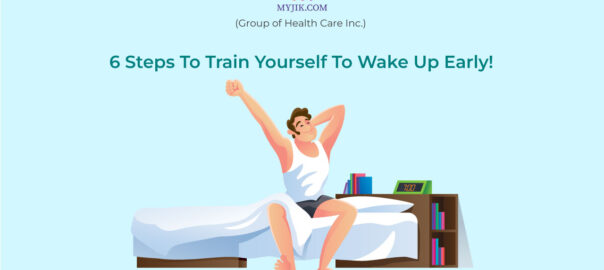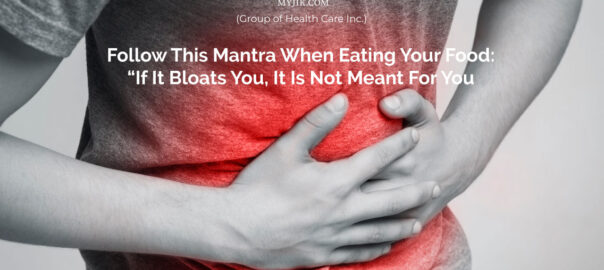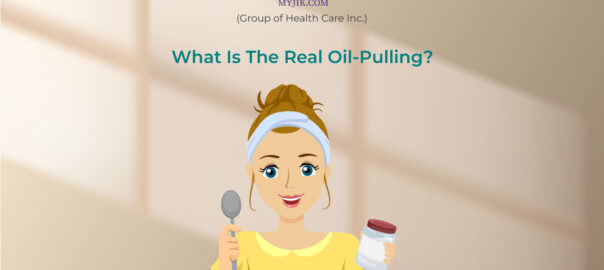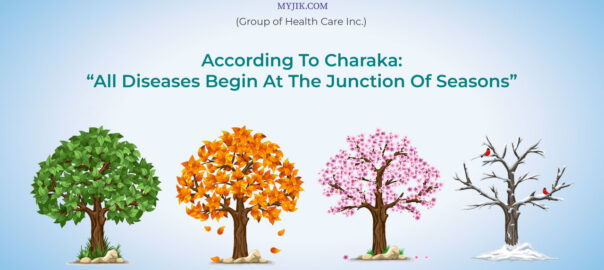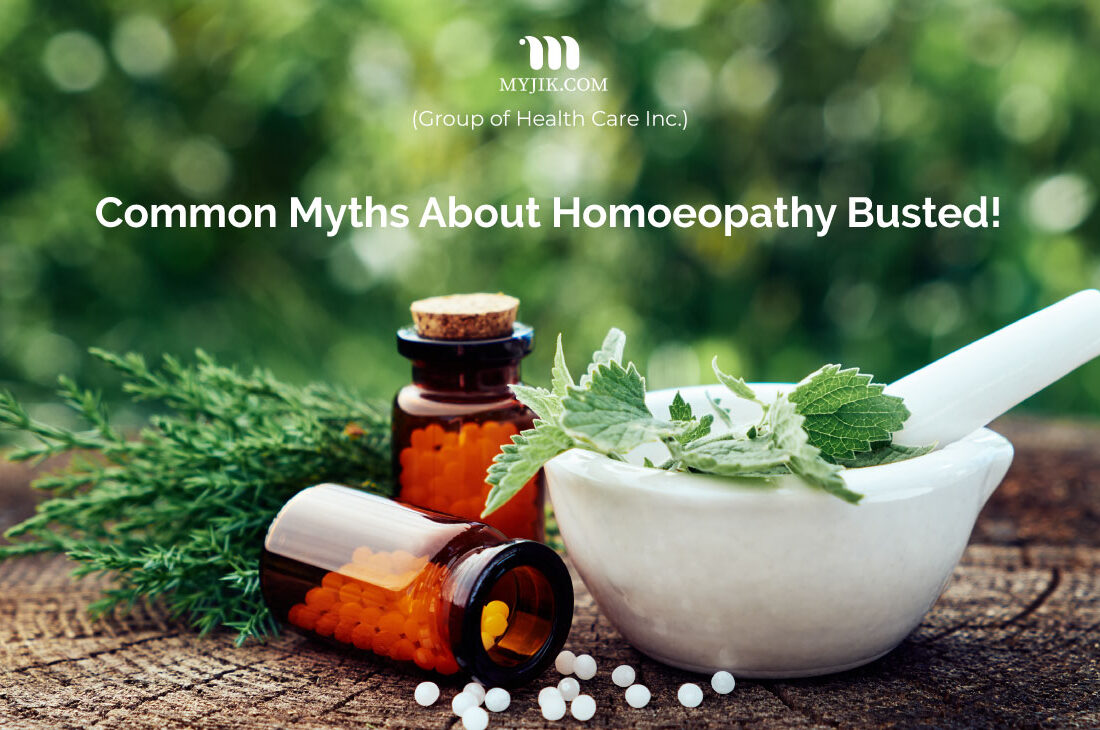
Homoeopathic science has been the focus of numerous disputes and disagreements for decades. However, it is becoming increasingly well-liked, and numerous studies have shown that it is effective in treating novel clinical entities. Homoeopathy is the second most widely used medical system in the world and is used in over 80 countries worldwide.
Evidence supporting the effectiveness of homoeopathic medications is expanding continuously. Homoeopathy is thought to help manage and prevent a wide range of ailments, from the prevention of dengue fever to palliation in severe cancer cases. These illnesses include diarrhoea, respiratory infections, malaria, asthma, arthritis, allergies, H1N1, influenza, and allergies.
Hundreds of practitioners and users of homoeopathy are present around the world today. However, some still are sceptical about homoeopathy’s benefits, naming them as myths.
Here are a few common myths that have been proven wrong.
Myth 1: Homoeopathy Is Slow
Homoeopathy, like every treatment, requires time; the quicker the patient consults, the faster they get cured; only cases like chronic diseases take time to get cured. Due to this, there’s no ample time between the treatment to work its way and the patient’s patience level. People tend to turn to homoeopathy only when they do not get satisfactory results from other modes of medicine.
Myth 2: Probability Of Steroids And Heavy Metal
Every source employed in the homoeopathic system to create medicines undergoes a protracted process of potentisation and trituration. Hence there’s no place for steroids or heavy metals in homoeopathy.
Myth 3: All Homoeopathy Medicines Are Nothing But Sweet Tiny White Balls
Given that homoeopathic medicines can be made from more than 3000 different sources, including plants and minerals, two patients with the same condition may receive two different treatments. Their active ingredients are separated into different solvents to improve flavour, and the liquid homoeopathic medication is then put into tiny, absorbent sugar balls.
Myth 4: Homoeopathy Is Ineffective In The Case Of Severe Diseases
Though homoeopathy wouldn’t be able to take care of medical emergencies, it can cure and give immediate relief to severe cases of vomiting, fever, colds or diarrhoea. Sure it takes some time, but just the time you need to complete the course, the same as any alternative medicine.
Myth 5: Homoeopathy Cannot Be Consumed Along With Other Medications
Homoeopathy and conventional medicine complement one other well, according to clinical evidence. In fact, For several prevalent conditions, including hypertension, diabetes, IHD, and others, about 60% of patients seeking homoeopathic therapies already take conventional medications. The adverse effects of other medications, such as those from chemotherapy, can also be managed by it. However, doctors may suggest intervals between the consumption of the two.
Myth 6: Homoeopathy For Diabetics Is A Big No No
Most people don’t know that you can also find homoeopathic medications in a non-sweet liquid form. Homoeopathic medications are sweet, but it doesn’t contain glucose, which is bad for diabetic patients; instead, they contain lactose which is complex sugar.
Myth 7: Homoeopathy Has No Clinically Proven Results
True, there is a tonne of work remaining to be done. But there have been observational reviews and papers proving homoeopathy results. New concepts from cutting-edge physics and chemistry research, including the “memory of water,” are increasing the legitimacy of homoeopathic medical theories.
Conclusion
A natural, secure, and efficient way of healing is homoeopathy. The practice of homoeopathy is widely used around the world. Because it is manufactured from natural ingredients, it has no adverse effects. To avoid any health problems, it is crucial always to be aware of the proper techniques and medications employed by licenced medical professionals.






